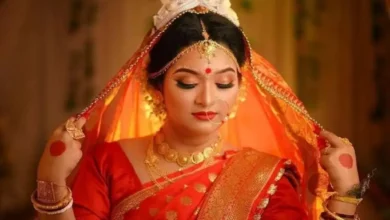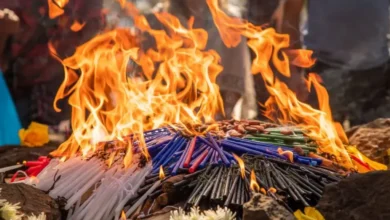The changing of seasons is a fundamental aspect of life, influencing everything from agriculture and migration patterns to our very moods. It’s no surprise, then, that cultures across the globe have developed unique and vibrant festivals to mark these transitions. These celebrations aren’t just parties; they’re rich tapestries of tradition, spirituality, and community bonding, reflecting each culture’s unique relationship with nature.
Why Celebrate the Seasons?
Before diving into specific festivals, let’s understand why societies have traditionally celebrated the changing of seasons. The practice is deeply rooted in human history and provides several important functions:
- Agricultural Significance: Many seasonal festivals are tied to planting, harvesting, or the coming of rains. These were crucial times for agrarian societies.
- Spiritual Connection: Seasons were often associated with deities or spirits. Festivals served as a way to honor or appease these forces.
- Community Bonding: Festivals brought people together for shared celebrations, strengthening social ties and promoting a sense of belonging.
- Marking Time: They served as important markers in the year, providing a calendar for agricultural activities and religious observances.
- Hope and Renewal: Many festivals celebrate the end of winter and the arrival of spring, symbolizing rebirth and hope for the future.
Spring Celebrations: Welcoming New Beginnings
Spring, with its blossoming flowers and warming weather, is a universally celebrated season. It symbolizes growth, renewal, and the defeat of winter’s cold embrace. Here are some key spring festivals:
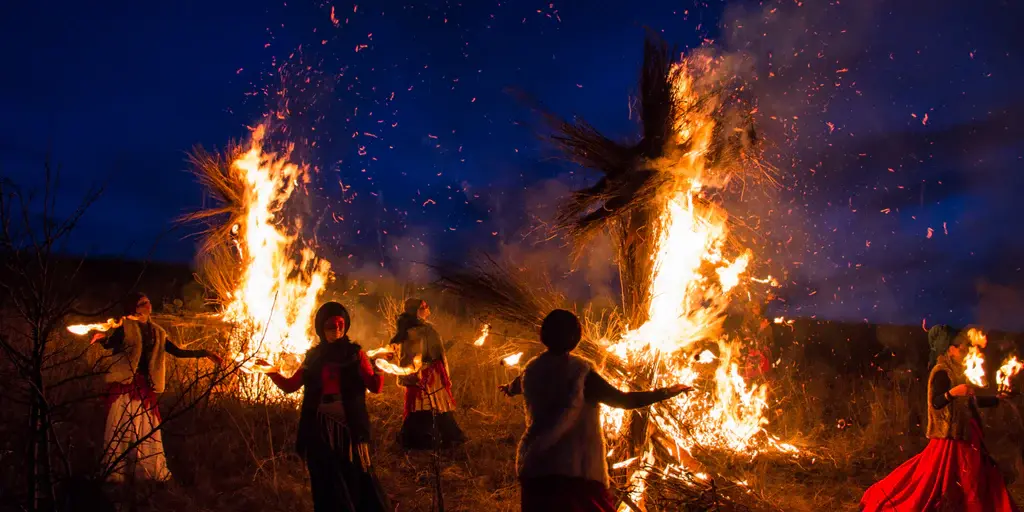
Holi: The Festival of Colors (India)
Holi, also known as the Festival of Colors, is a joyous Hindu festival celebrated in India and Nepal. It marks the arrival of spring and the triumph of good over evil. The festivities involve people throwing vibrant powdered colors at each other, dancing to music, and enjoying delicious food.
See also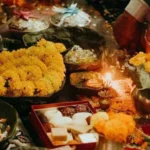 How Food Shapes Rituals in Cultural Celebrations
How Food Shapes Rituals in Cultural CelebrationsThis festival promotes social harmony by breaking down social barriers as everyone participates regardless of caste or status. The colors themselves hold symbolic meaning with red representing love and fertility, while green is for a fresh start.
Nowruz: Persian New Year
Nowruz, meaning “new day,” is the Persian New Year celebrated in Iran, Central Asia, and parts of the Middle East. This festival, which occurs on the spring equinox, marks the first day of spring and the renewal of nature. Traditional celebrations include elaborate table settings with symbolic items, family gatherings, and community festivities. The Haft-Seen, a table display with seven items starting with the letter ‘S’, symbolizes different aspects of life and hope for the new year, including health, fertility, and prosperity.
Seollal: Korean Lunar New Year
Seollal, the Korean Lunar New Year, is a significant holiday marked with family gatherings, traditional foods, and honoring ancestors. During Seollal, families dress in Hanbok (traditional Korean clothing), engage in ancestral rites called Charye, and enjoy food like Tteokguk (rice cake soup). Children perform Sebae (deep bows) to elders and receive blessings and money. This is a powerful expression of familial respect and cultural continuity, celebrated during the early days of spring according to the lunar calendar.
Songkran: Thai New Year
Songkran, the Thai New Year, is a vibrant festival celebrated in Thailand and other Southeast Asian countries, usually in mid-April. This event is marked by exuberant water fights, symbolizing the cleansing and renewal of the new year. Water is splashed on family, friends, and even strangers. There are also parades, temple visits, and traditional dances, reflecting both the fun and the spiritual aspects of the celebration. It’s a fantastic example of how a cultural event can integrate religious practices with joyous revelry.
See also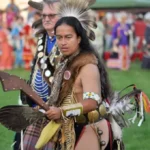 Understanding Native American Regalia in Powwows and Sacred Ceremonies
Understanding Native American Regalia in Powwows and Sacred CeremoniesSummer Celebrations: Abundance and Merriment
Summer is a time of warmth, long days, and abundance. Many festivals during this season celebrate the harvest, the power of the sun, and the peak of life’s energy.
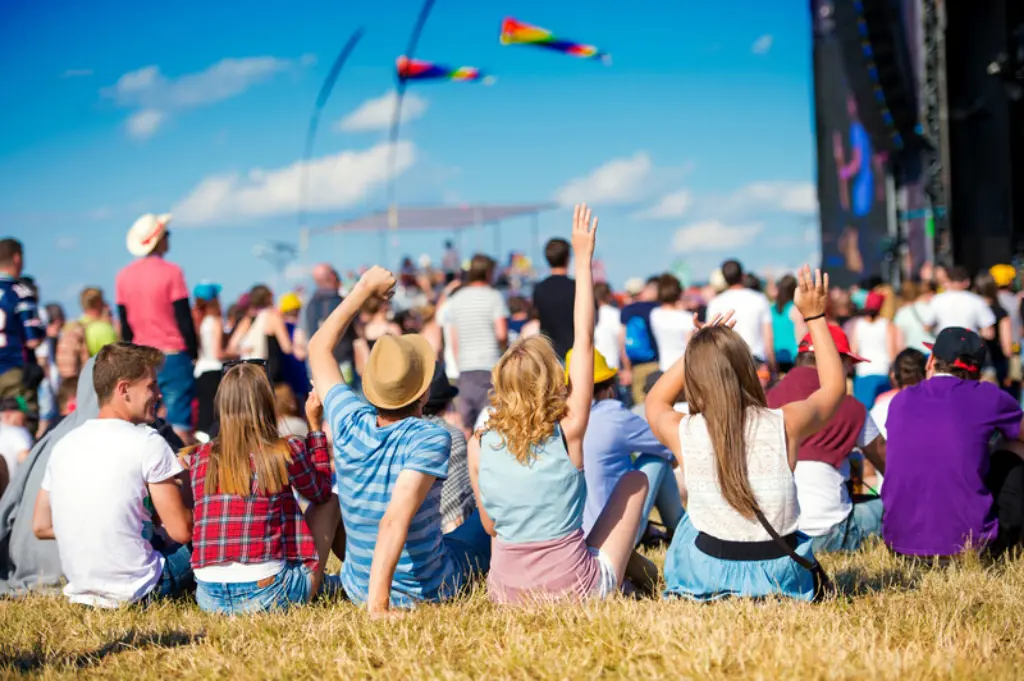
Midsummer: Celebrating the Sun’s Peak
Midsummer, celebrated across many Northern European countries, is a festival that commemorates the summer solstice, the longest day of the year. It often involves bonfires, dancing around maypoles, and the gathering of herbs and flowers believed to possess special powers on this night. It is a time to appreciate nature’s generosity and the height of the sun’s power. Traditions such as lighting bonfires symbolize the power of the sun and the desire for continued growth and prosperity.
Obon: Honoring Ancestors (Japan)
Obon is a Japanese Buddhist festival held in summer, honoring the spirits of one’s ancestors. During Obon, families return to their hometowns, clean and decorate family graves, and participate in traditional dances such as the Bon Odori. The festival is a time of remembrance and reflection on family heritage, creating a deep sense of connection between the living and the deceased. Lanterns are lit and floated on water to guide the spirits back to their world at the end of the festival.
Inti Raymi: Incan Sun Festival
Inti Raymi, meaning “Festival of the Sun,” was a major Incan religious ceremony performed in the Andes during the winter solstice, which corresponds to the summer season in the Southern Hemisphere. This ancient festival honored the sun god, Inti, with elaborate rituals, including music, dances, and sacrifices. Today, Inti Raymi is celebrated in Cusco, Peru as a cultural event that showcases Incan heritage and connects modern generations with their ancestral past. It’s a vivid reminder of the importance the sun held for ancient Incan society.
Lughnasadh: The First Harvest
Lughnasadh, also known as Lammas, is a traditional Celtic harvest festival celebrated in late summer, marking the beginning of the harvest season. It honors the Celtic god Lugh and celebrates the first fruits of the earth. Traditions often involve baking the first loaves of bread from the new harvest, enjoying feasts, and engaging in athletic games. Lughnasadh serves as a reminder of gratitude for the earth’s bounty and the cycles of agriculture, signifying the transition from summer’s full growth into the gathering of its rewards.
Autumn Celebrations: A Time of Harvest and Reflection
Autumn, with its colorful foliage and cooler weather, is often associated with harvest, introspection, and preparation for the colder months. Festivals during this season acknowledge both the abundance of the earth and the need to prepare for the coming winter.

Halloween: Roots in Samhain (Celtic)
Halloween, observed on October 31st, has roots in the Celtic festival of Samhain. Samhain marked the end of summer and the harvest and the beginning of the dark, cold winter. Ancient Celts believed that during Samhain, the veil between the living and the dead was at its thinnest, allowing spirits to roam the earth.
Modern Halloween traditions like costumes, trick-or-treating, and carving pumpkins evolved from these ancient beliefs, although they have taken on more secular and festive tones today. It’s a time to acknowledge and honor the cycles of death and rebirth.
Diwali: The Festival of Lights (India)
Diwali, the Hindu Festival of Lights, is celebrated in autumn, often overlapping with late October and early November. Diwali signifies the victory of light over darkness, good over evil. Homes are decorated with lamps and candles, there are fireworks displays, family gatherings, and prayers to deities. The festival is a time for joy, sharing, and spiritual renewal, making it one of the most anticipated events in the Hindu calendar. The lighting of diyas (lamps) symbolizes the dispelling of ignorance and the hope for a brighter future.
Thanksgiving: Gratitude for the Harvest (North America)
Thanksgiving is a harvest festival celebrated in North America. In the United States, it is celebrated on the fourth Thursday of November, and in Canada, it is celebrated on the second Monday of October. Families come together to share a traditional feast that often includes turkey, stuffing, mashed potatoes, and pumpkin pie.
Thanksgiving is a time to express gratitude for the year’s bounty, family, and blessings. While rooted in harvest traditions, it has become an important cultural marker for the spirit of gratitude and togetherness.
Chuseok: Korean Thanksgiving
Chuseok, often called Korean Thanksgiving, is a major harvest festival celebrated during the autumn. It is a time for families to gather and give thanks for the year’s harvest. Ancestral rites are performed, delicious traditional foods are prepared, and families visit the graves of their ancestors. Like Thanksgiving in North America, it’s a time for giving thanks for abundance and remembering those who came before them. It emphasizes the importance of family bonds and respecting tradition in Korean culture.
Winter Celebrations: Reflecting on Darkness and Anticipating Light
Winter, with its short days and cold weather, is a time for reflection, introspection, and preparation. Many winter festivals revolve around the theme of light overcoming darkness and the anticipation of spring’s return.
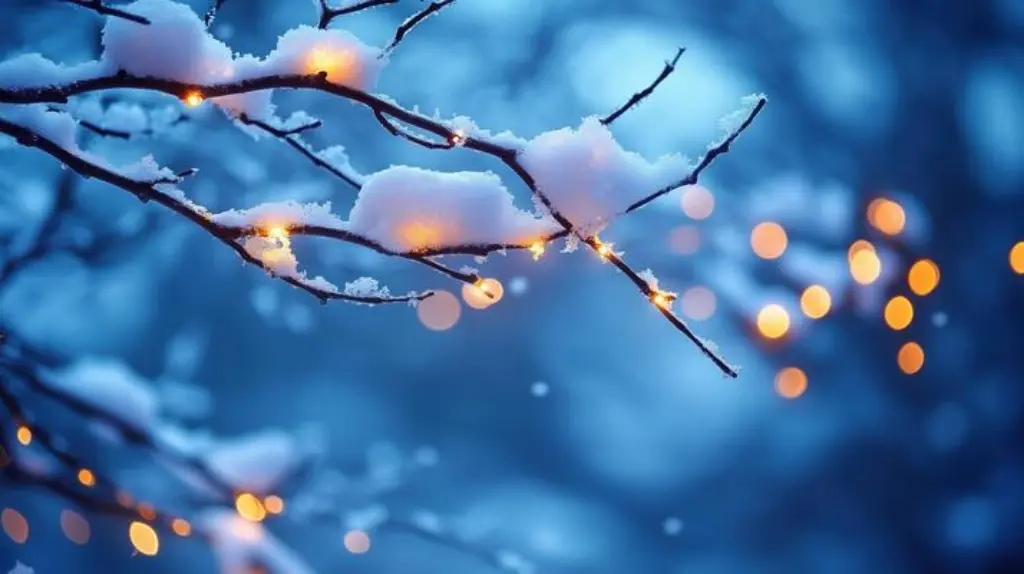
Christmas: Celebrating the Birth of Christ
Christmas, celebrated on December 25th, is a major Christian holiday commemorating the birth of Jesus Christ. While the religious significance is paramount for Christians, the holiday is widely celebrated by people of different faiths with festive traditions including gift-giving, decorating homes with lights and trees, and family gatherings.
It is a time for reflection, generosity, and joy, and in many cultures, it has become integrated with other winter solstice celebrations, like Yule. It represents hope and the celebration of light within the darkness of winter.
Yule: The Winter Solstice (Pagan)
Yule is a pagan festival that celebrates the winter solstice, marking the shortest day of the year and the turning point towards the return of the sun. Yule celebrations include the lighting of bonfires, the decorating of evergreen trees, and the exchange of gifts. These traditions celebrate the promise of the sun’s rebirth and the continuation of life. It’s an ancient festival that continues to connect people with the natural cycles of the year.
Hanukkah: The Festival of Lights (Jewish)
Hanukkah, also known as the Festival of Lights, is a Jewish holiday that commemorates the rededication of the Second Temple in Jerusalem. It is celebrated for eight nights and days, with the lighting of a special candelabrum called a menorah. Traditional celebrations involve spinning dreidels, eating foods cooked in oil, such as latkes, and exchanging gifts. The holiday is not only a historical remembrance but also a celebration of faith and resilience in the face of adversity.
Kwanzaa: A Celebration of African American Heritage
Kwanzaa, is a secular, week-long celebration of African American culture, celebrated from December 26th to January 1st. It’s based on seven principles, Nguzo Saba, which include unity, self-determination, collective responsibility, cooperative economics, purpose, creativity, and faith. Kwanzaa traditions include candle lighting, storytelling, and the sharing of food and gifts, promoting family and community bonds, and celebrating African American history and cultural values. It’s a time for reflection and recommitment to community ideals.
Conclusion: The Universal Rhythm of Seasons
From the vibrant colors of Holi to the reflective moments of Christmas, festivals marking the changing seasons are a vital part of human culture. These celebrations not only connect us to the natural world but also to our ancestral heritage and the community around us.
By understanding these diverse expressions of joy, reflection, and gratitude, we can gain a greater appreciation for the shared human experience, rooted in the constant, rhythmic dance of the seasons. These festivals show us that regardless of our location or cultural background, we all share a profound connection to the earth and the cyclical passage of time.



